Juneberry, Pidgeon Berry, Saskatoon Serviceberry, Western Serviceberry, Western Shadbush
The Amelanchier alnifolia, commonly known as the saskatoon serviceberry, belongs to the Rosaceae family and is native to Western and Central North America. This perennial species is admired for its versatility and seasonal charm, despite its relatively short lifespan of about 20 years.
The tree showcases clusters of fragrant, drooping white blooms in spring, which later transform into blue-purple berries, drawing in various bird species. Its foliage adds vibrant interest throughout the year, with bluish-green leaves in summer that transition to striking shades of yellow and red in the fall. This combination of ornamental beauty and ecological value makes the saskatoon serviceberry a popular choice for gardens and landscapes.
| Common name | Juneberry, Pidgeon berry, Saskatoon Serviceberry, Western serviceberry, Western Shadbush |
| Botanical name | Amelanchier alnifolia |
| Family | Rosaceae |
| Species | alnifolia |
| Origin | Western and Central North America |
| Life cycle | Perennial |
| Plant type | Perennial |
| Hardiness zone | 4, 5, 6, 7, 8, 9 |
| Sunlight | Deep shade |
| Maintenance | Low |
| Soil condition | Loam |
| Soil ph | Neutral |
| Drainage | Well-Drained |
| Growth rate | Medium |
| Spacing | 6 – ft. – 12 ft. |
| Harvest time | Summer |
| Flowering period | Spring |
| Height | 3 ft. – 18 ft. |
| Flower color | White |
| Leaf color | Green |
| Fruit color | Blue |
| Fruit type | Berry |
| Fruit benefit | Edible |
| Flower benefit | Fragrant |
| Garden style | Butterfly Garden |
| Uses | Coastal |
I. Appearance and Characteristics
Amelanchier alnifolia, the saskatoon berry, Pacific serviceberry, western serviceberry, western shadbush, or western juneberry, is a shrub native to North America. It is a member of the rose family, and bears an edible berry-like fruit.
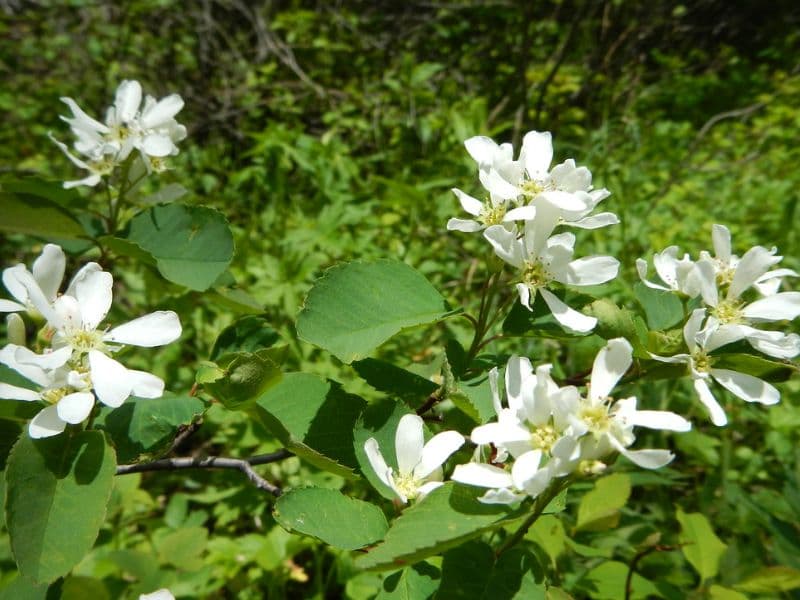
It is a deciduous shrub or small tree that most often grows to 1–8 metres (3–26 feet), rarely to 10 m or 33 ft, in height. Its growth form spans from suckering and forming colonies to clumped. The leaves are oval to nearly circular, 2–5 centimetres (3⁄4–2 inches) long and 1–4.5 cm (1⁄2–1+3⁄4 in) broad, on a 0.5–2 cm (1⁄4–3⁄4 in) leaf stem, with margins toothed mostly above the middle.
As with all species in the genus Amelanchier, the flowers are white, with five quite separate petals and five sepals. In A. alnifolia, they are about 2.5–5 cm (1–2 in) across, with 20 stamens and five styles, appearing on short racemes of 3–20, somewhat crowded together, blooming from April to July.
The fruit is a small purple pome 5–15 mm (3⁄16–19⁄32 in) in diameter, ripening in early summer. It has a waxy bloom. Saskatoon species can be relatively difficult to distinguish.
II. How to Grow and Care
Sunlight
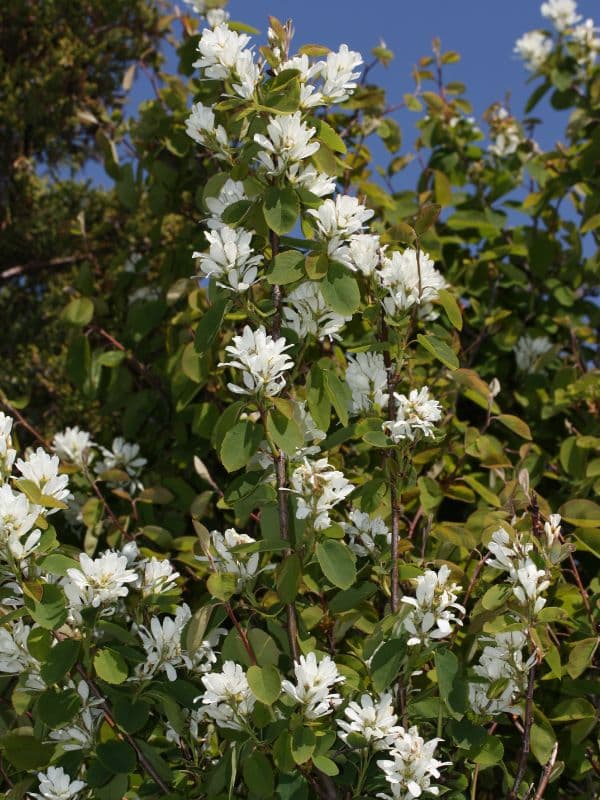
The Saskatoon Serviceberry does equally well in full sun or partial sun. It should get a minimum of four hours of direct light per day to ensure proper fruiting of its berries in summer.
Temperature and Humidity
The Saskatoon Serviceberry has a fairly narrow hardiness range and does not flourish in areas with extreme temperatures. Very cold winters or very hot summers are not suitable for this shrub’s growing habit. Since it is somewhat prone to mildew, humidity can also be an issue.
Watering
This shrub doesn’t have any special water needs beyond normal rainfall and can be somewhat drought-tolerant. In extended periods of drought, however, lasting more than two weeks, or more than a week with daily temperatures over 85F, a deep watering at the base of the tree will help keep it healthy. Prolonged drought may affect the production of berries, also, as is found with other berries.
Soil

This shrub grows best in a slightly acidic, moist (but not wet) and well-drained soil. It will tolerate alkaline soil and is also tolerant of clay soil. To make your soil more acidic, add some peat moss, pine needles or coffee grounds. This will also improve the texture and drainage of clay soil.
Fertilizing
To nurture saskatoon serviceberry’s growth, a balanced nutrition fertilizer is optimal, with increments of high-nitrogen variants during early growth stages to enhance leaf development. Fertilize twice yearly, in spring and late summer, applying sparingly to avoid root burn. Benefits include vigorous growth and abundant berry production. Pay attention to seasonal needs, decreasing fertilizer as the plant enters dormancy in winter. Practical tip: lightly incorporate fertilizer into the soil around the drip line, never against the stem.
Propagation

These plants can be propagated from seed collected from the ripe fruits. Clean the seeds immediately to prevent any fermentation. Seeds can be sown in fall or, using a cold-stratification method, in spring.
Pests and Diseases
- Common Pests & Plant Diseases
There are a few pests to be aware of with this shrub, including fireblight, mildew, rust, fungal leaf spots, and cankers. Rabbits and mice may also enjoy chewing on the bark; one natural cure for this is spraying with a solution of water with shaved Irish Spring soap (dissolve one shaved bar into one quart hot water, then dilute with two gallons of water; shake before using).
- Common Problems
Beyond yearly pruning, the Saskatoon Serviceberry requires no special care. If the root system becomes exposed, add some topsoil around the base.
III. Uses and Benefits
- Ornamental uses
This is an excellent landscape specimen for planting along the edges of woodland gardens or large border plantings.
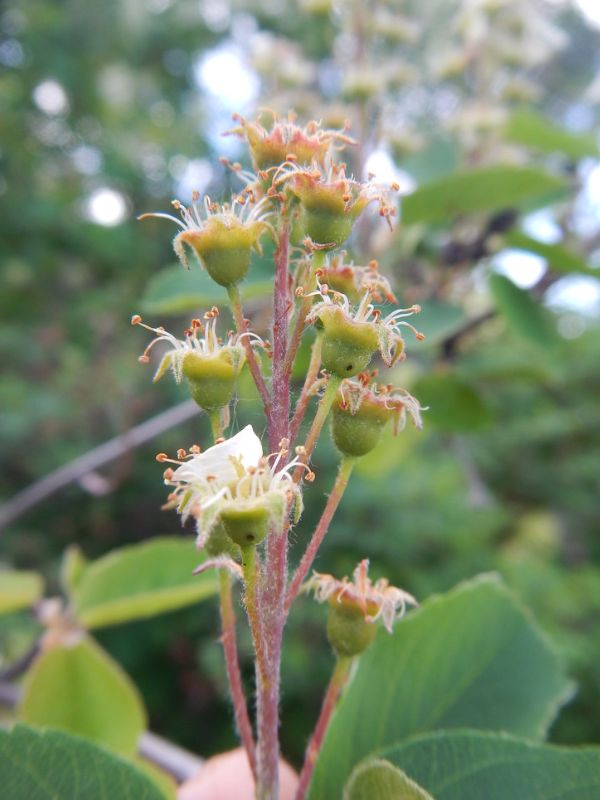
- Culinary uses
Though some gardeners find the berries to be messy, you may find your array of songbirds becomes more diverse with a serviceberry planted in your yard. Some people enjoy the berries also; they have a blueberry-like flavor and can be used in much the same way for making pies, cobblers, or preserves. Like blueberries, they also contain many beneficial nutrients, including antioxidants, magnesium, iron, vitamin E, and fiber: Toss them in your morning smoothie for a nutritional boost.
The berries can be frozen for future use. The taste can be somewhat bland owing to their being more sweet than tart, and as with blueberries, fresh lemon zest or juice is often used to boost their flavor in recipes.
Find Where to Buy the Best Saskatoon Serviceberry (Amelanchier alnifolia)



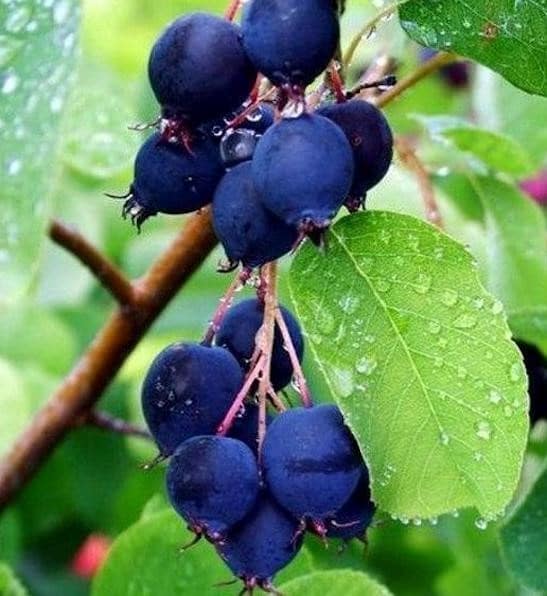






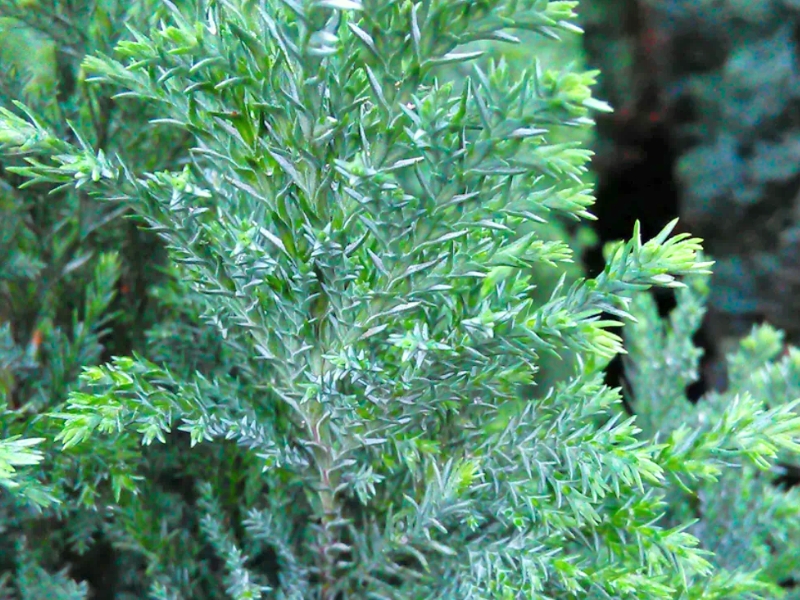

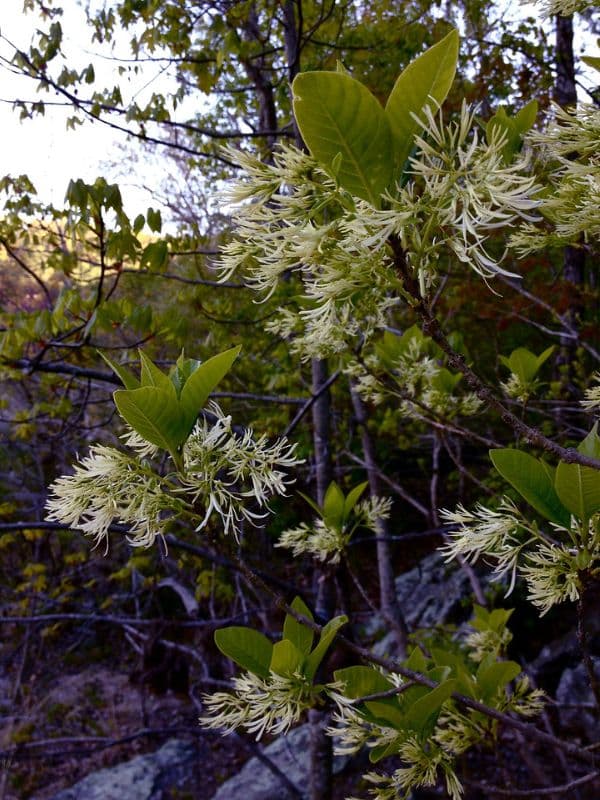
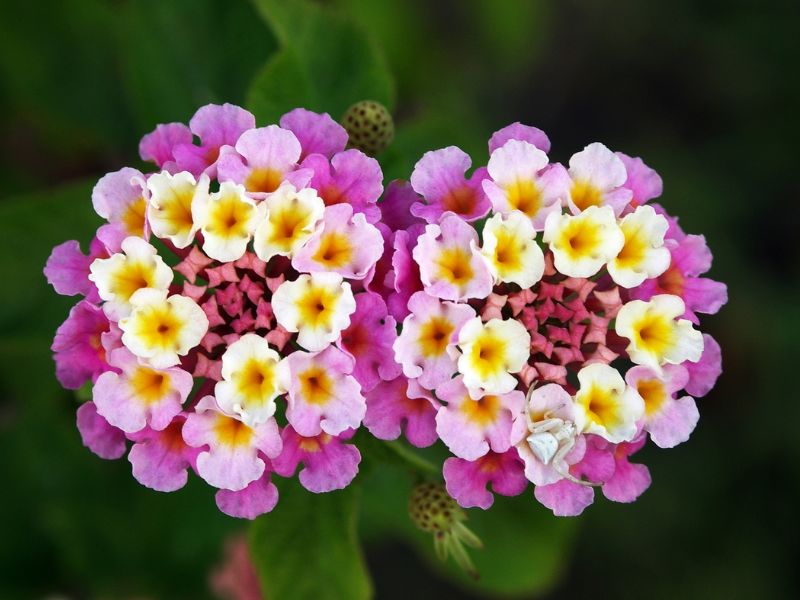
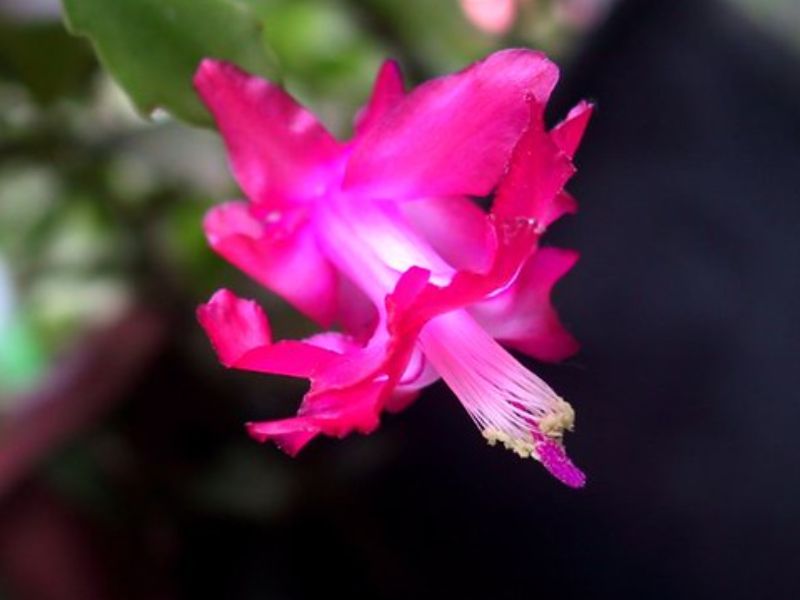
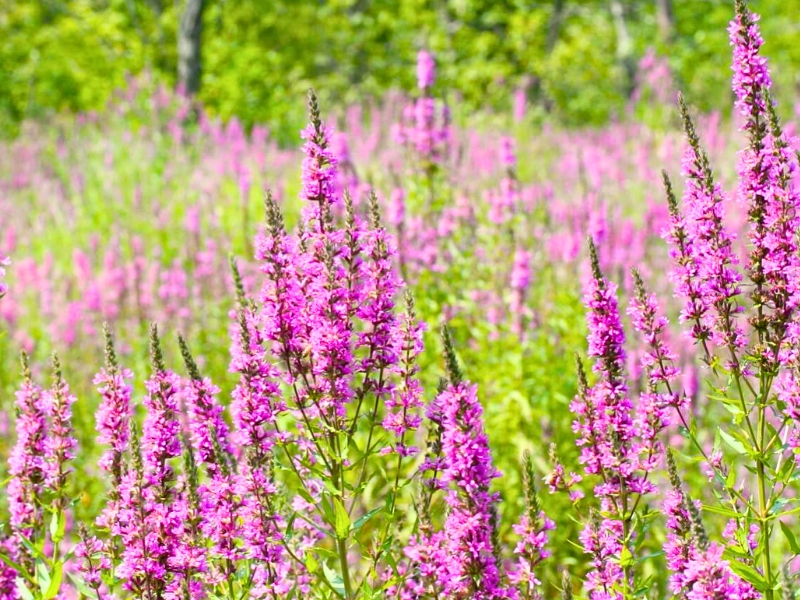
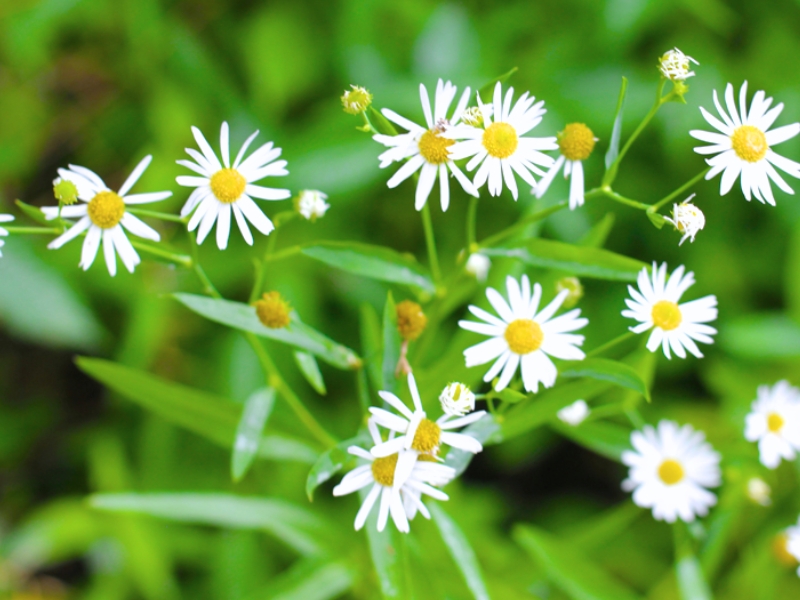
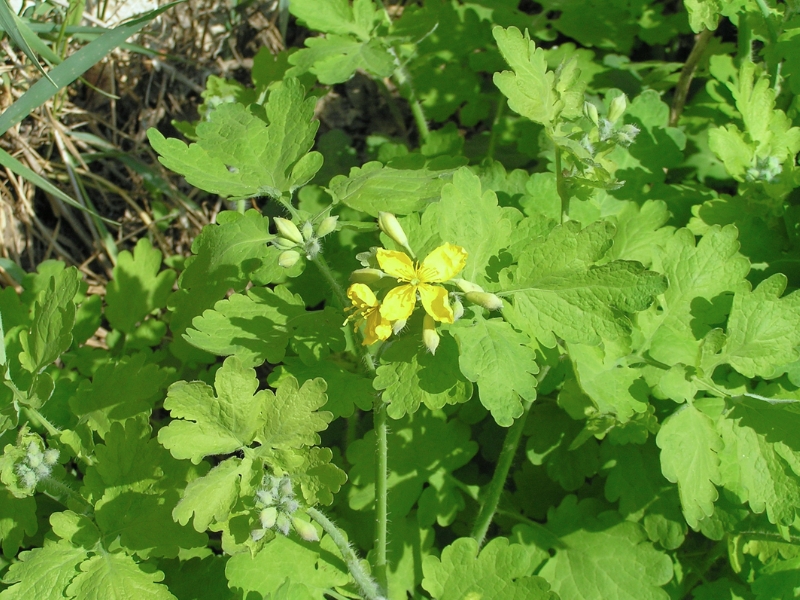
Leave a Reply